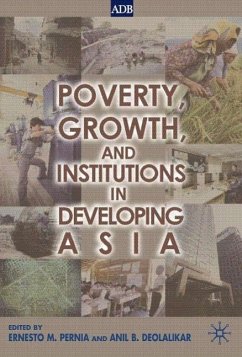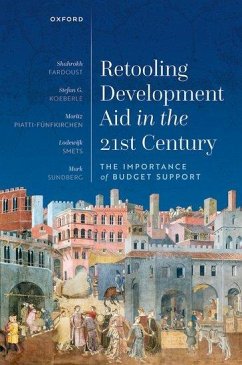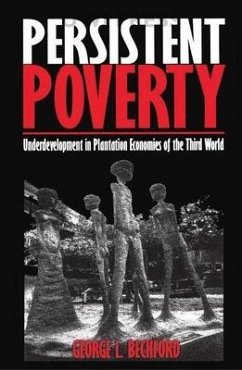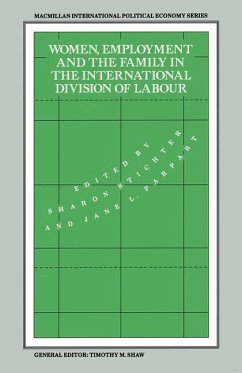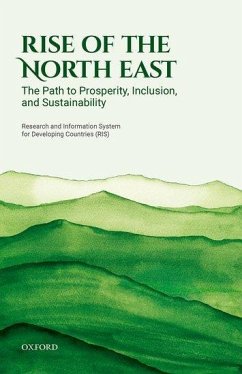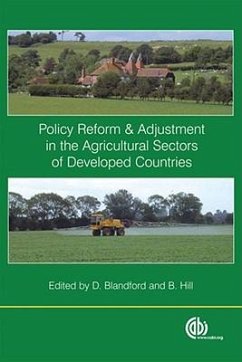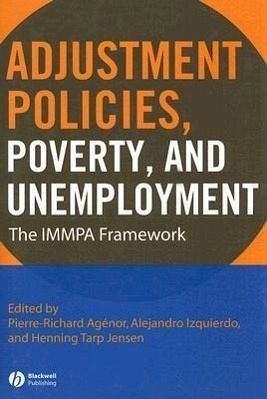
Adjustment Policies, Poverty, and Unemployment
The Immpa Framework
Herausgeber: Agenor, Pierre-Richard; Jensen, Henning Tarp; Izquierdo, Alejandro

PAYBACK Punkte
59 °P sammeln!
Pierre-Richard Agénor's pioneering work on Integrated Macroeconomics Models for Poverty Analysis (IMMPA) is cataloged for the first time in this must-read volume. A class of dynamic computable general equilibrium models, IMMPA models are designed to analyze the impact of adjustment policies on unemployment and poverty in the developing world. Including both papers originally circulated through the World Bank, as well as new material that places this important work in its larger context, Adjustment Policies, Poverty, and Unemployment details the history and uses of these models to date, as wel...
Pierre-Richard Agénor's pioneering work on Integrated Macroeconomics Models for Poverty Analysis (IMMPA) is cataloged for the first time in this must-read volume. A class of dynamic computable general equilibrium models, IMMPA models are designed to analyze the impact of adjustment policies on unemployment and poverty in the developing world. Including both papers originally circulated through the World Bank, as well as new material that places this important work in its larger context, Adjustment Policies, Poverty, and Unemployment details the history and uses of these models to date, as well as pointing to future developments for their utilization.



